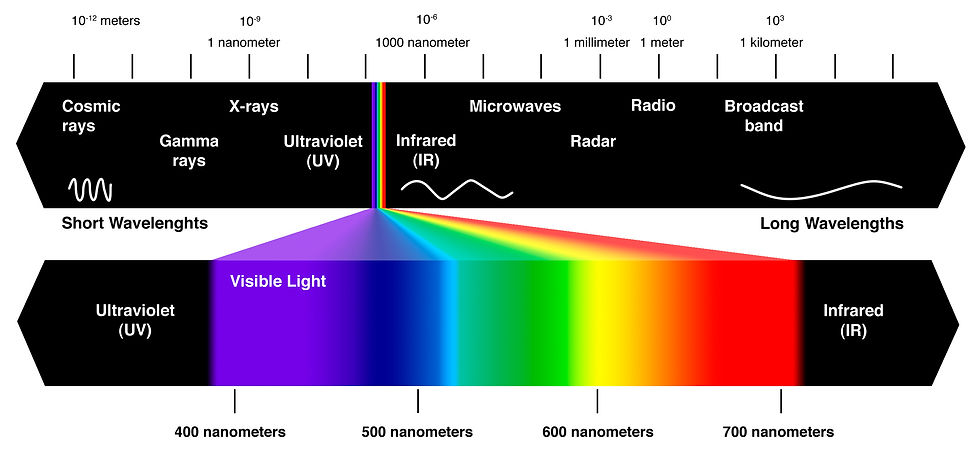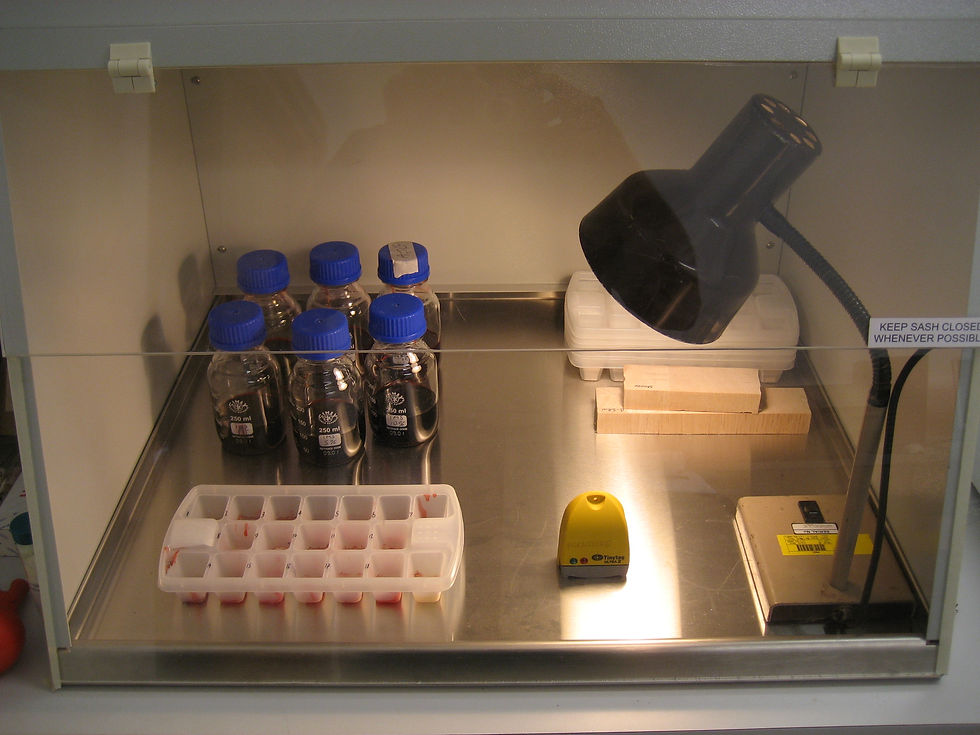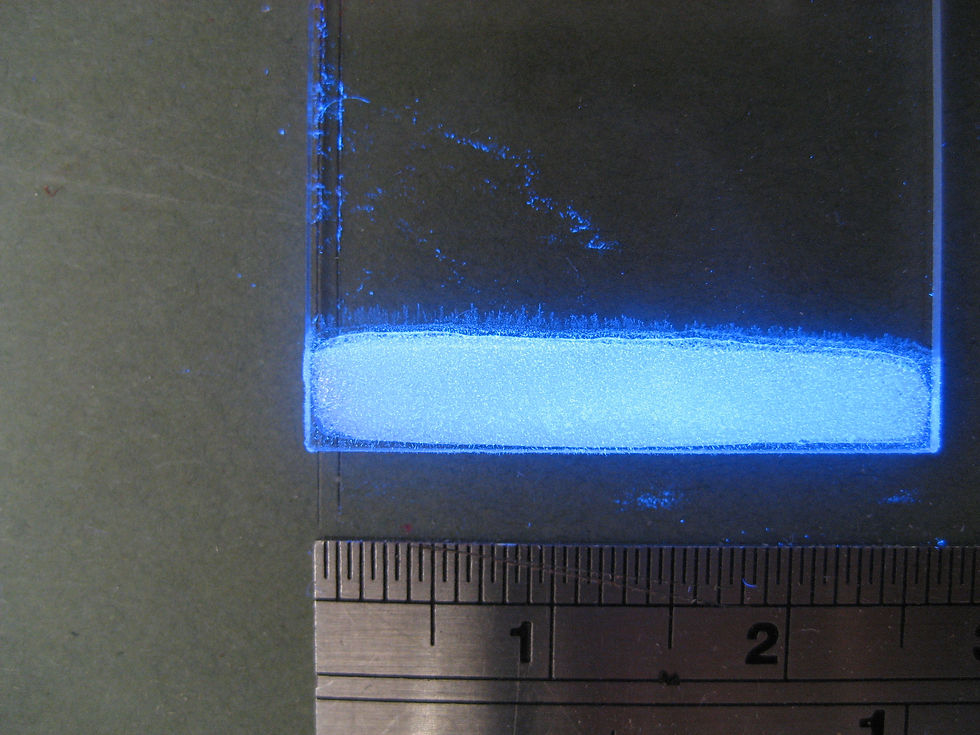

At present conservators are forced to accept a certain level of surface colour alteration taking place when the substrate subordinate to a dry surface is consolidated using dissolved resins:
Research undertaken in other areas of conservation suggested that a temporary controlled isolation of this surface layer with a volatile, essentially reversible material, such as cyclododecane would allow more controllable solvent based consolidation of this underlying material to take place. The exclusion of consolidants provided by a temporary isolation would allow a conservator a time period in which to treat an object without the usually associated surface corruption.
An experimental method has been developed to allow the testing of this hypothesis through visual comparison, natural light photography, UV photography and microscopy - the emerging data has been recorded and evaluated. There are some practical limitations with the experimental methods only modelling the problems of larger and more varied objects that may be encountered in real conservation scenarios. The results of the controlled experiment have been carried forward into a more realistic conservation scenario with the use of real historic surface test blocks in additional testing to provide a fuller conclusion.
The conclusions of this research provide a basic protocol for the controlled protection of an historic surface during a resin-based consolidation treatment. The relationship between the resinous consolidant solution strength and the application method of the exclusion layer has had a direct impact on the success of the method. Further research will be necessary to eliminate minor practical issues but the results provide strong evidence of a good practical solution to an historic problem in wooden objects conservation.
MA Dissertation - Using Cyclododecane as an exclusion layer.




